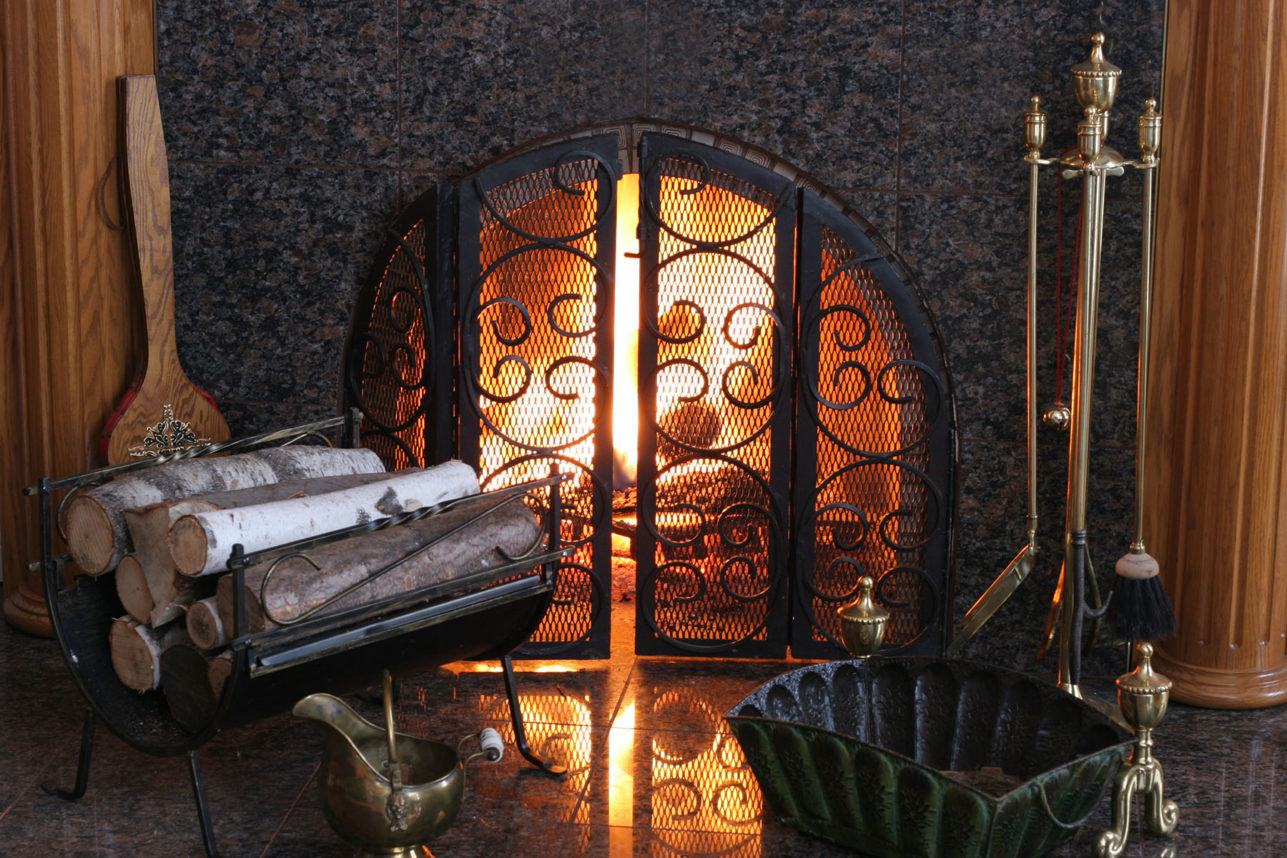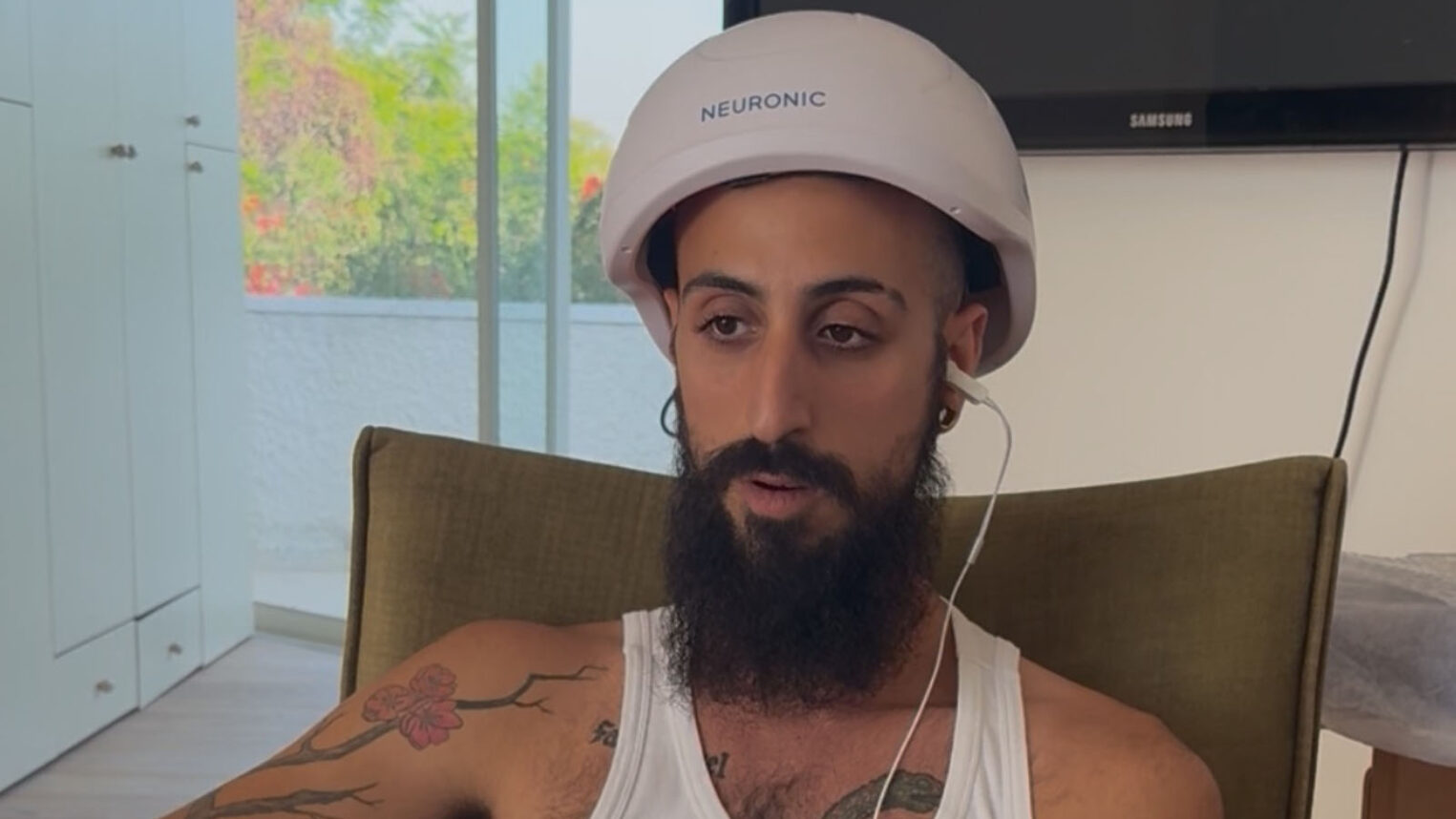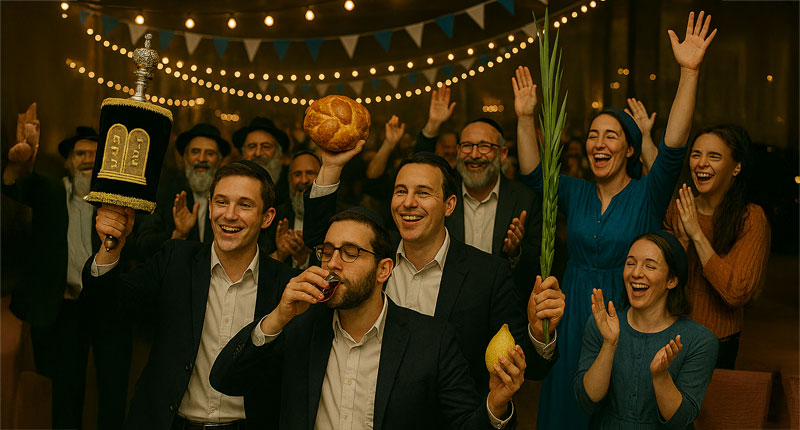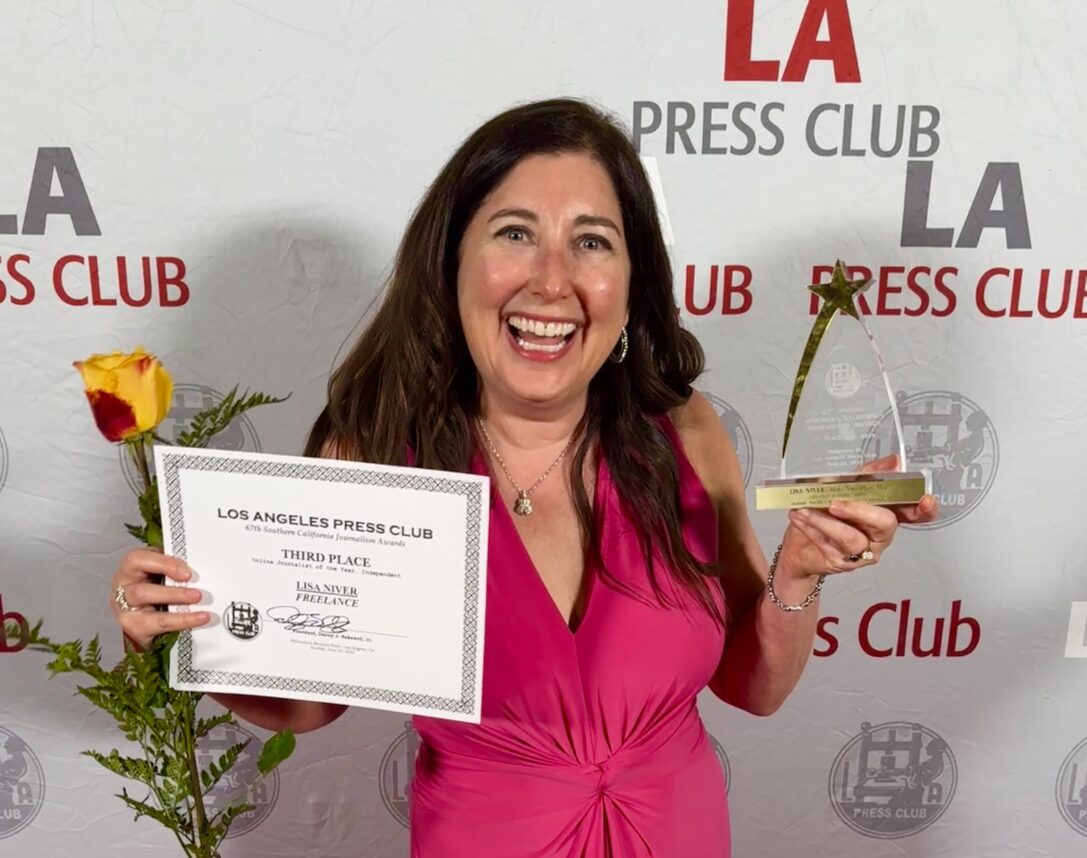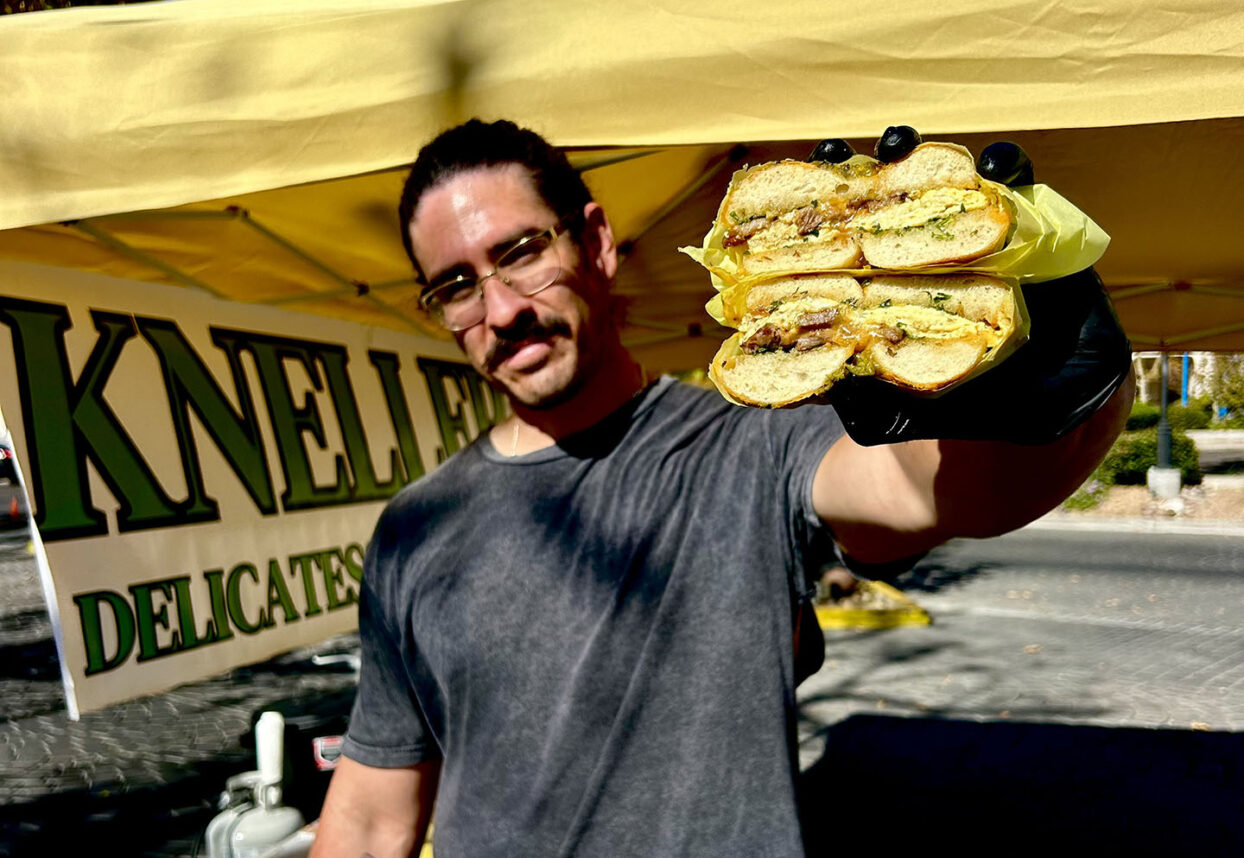
“We put a lot of pressure on dinner,” Georgia Freedman, author of “Snacking Dinners: 50+ Recipes for Low-Lift, High-Reward Dinners That Delight,” told the Journal. “It has to be everything: you need the protein and you need a starch and you need at least one kind of vegetable, if not two, or you know, here in California, like five.”
Dinner is an important part of family life. It’s a time to connect with your partner and talk to your kids.
“And all of this happens when everybody is completely exhausted,” she said. “And for some reason that’s when we’re all supposed to do this really heavy lift cooking.”
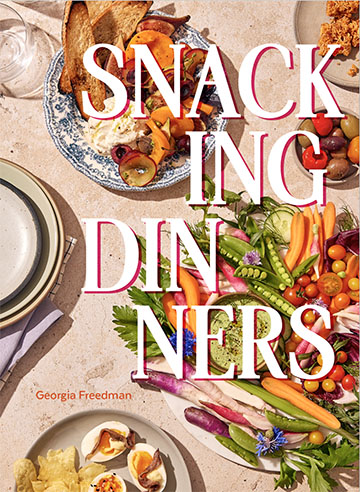 Freedman believes that when you simply release the idea that dinner has to be everything, all the time, it makes a huge difference. Consider the food you eat over the course of the day or the week – “If you have great protein for lunch, you don’t also need an equal amount of protein at dinner” – it’s much easier to create balance and loosen up on dinner-time stress,
Freedman believes that when you simply release the idea that dinner has to be everything, all the time, it makes a huge difference. Consider the food you eat over the course of the day or the week – “If you have great protein for lunch, you don’t also need an equal amount of protein at dinner” – it’s much easier to create balance and loosen up on dinner-time stress,
“Snacking Dinners” is a blueprint for whimsy; it is full of easy, low-lift, high-reward, light healthy meals.
Freedman said her idea of what constitutes a snacking dinner is pretty broad. It’s small plates, something you can eat with your hands, food you can spread on toast, etc.
“A lot of the recipes that I created for this [book] are either snacks that are from my childhood – or other people’s childhoods – that have been bulked up a little bit to make it more meal-like,” she said. “Or foods that I really love that I made into finger foods [or] snackable foods.”
For instance, she has a whole grid on toast in the book.
“It was so much fun to come up with every possible thing that you could put on toast,” she said. “Another thing we do: I’ll buy really nice bread so we can have a really good platform for piling everything we want onto [it].”
Hard-boiled eggs are a good, customizable protein to have around; you can add them to any meal.
“I do what I call a jammy egg: [if you put] an egg, directly out of the refrigerator … into boiling water … for eight minutes, and then stick it into an ice bath, you get that lovely jammy style yolk that isn’t too hard yet,” she said. “I would cook it longer if I were going to make deviled eggs or something where I wanted to mix something in; [this kind is] not as loose as a ramen egg, but right in between.
“You can put all kinds of toppings on it, and it has a really lovely flavor and texture.”
One recipe Freedman loves is hummus topped with spiced nuts, olives and raisins. It’s a fun meal to dip with a great combination of flavors. Plus, she makes her own hummus. That recipe is below.
“I used to think I hated hummus, and the truth is that I don’t like supermarket hummus,” she said. “When I started buying hummus at a Middle Eastern Market here in Berkeley, their hummus was just so light and fluffy and flavorful that I realized that what I like is homemade.”
Freedman explained that when you make your own chickpeas, you can get them really soft and fluffy.
“The topping came out of something that I did years ago,” she said. “I took a Jerusalem hummus idea with the beef on top, and I California-ized it by using the ingredients that the Spanish settlers to California used to use in their foods.”
This includes olives, pine nuts and spices like cinnamon and paprika.
“I didn’t want to have a lot of meat in the book; I wanted it to be stuff that people could make pretty easily out of their pantries,” Freedman said.
Pantry snacks, she believes, are essential.
When the dinner-plan gets derailed – “If I get home at the end of the day and I don’t have the time that I thought I would have to roast the chicken or make fish … or an ingredient went bad or my kid has homework that we weren’t expecting, whatever the thing is,” she said – you always have pantry ingredients in the house.
“All the recipes in this book, except for the prep ahead chapter, take 5 to 20 minutes,” Freedman said. “Having that in your back pocket is a really nice way to let the pressure off on the nights when things don’t go well, and turn dinner into something that’s more relaxing and fun.”
Subscribe to Georgia Freedman’s Substack at SnackingDinners.com.
For the full conversation, listen to the podcast:
Spiced Nuts, Olives and Raisins on Hummus
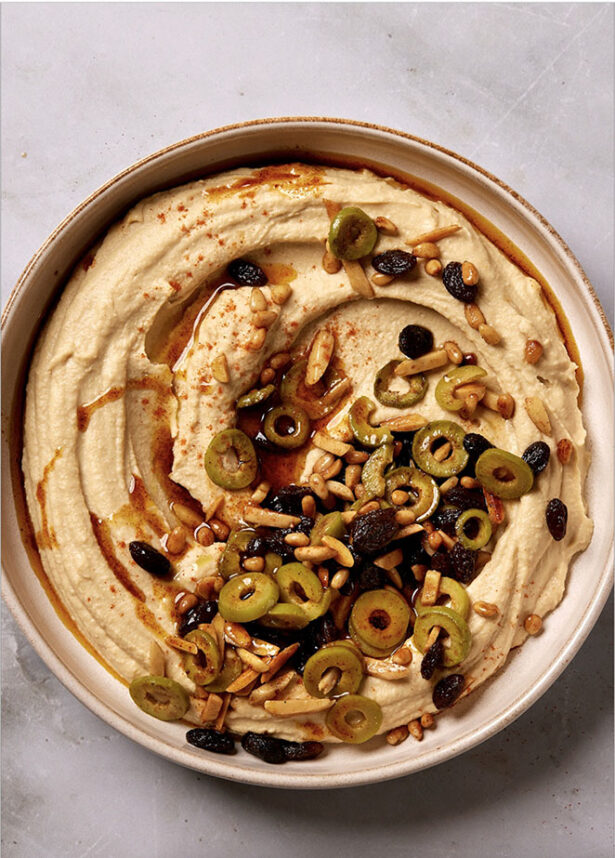
Prep: 10 minutes
Assembly: 10 minutes
Hummus
1½ cups (300 g) drained canned or cooked chickpeas (method below)
1 or 2 garlic cloves
1½ tablespoons tahini
½ teaspoon kosher salt, plus more to taste
¼ teaspoon ground cumin, plus more to taste
Spiced Topping
1 tablespoon raisins
1 tablespoon sherry vinegar
4 pitted Castelvetrano olives
1 heaping tablespoon pine nuts
1 heaping tablespoon blanched and slivered almonds
1 tablespoon extra-virgin olive oil
¼ teaspoon sweet smoked paprika, plus more to garnish
¼ teaspoon ground cinnamon
⅛ teaspoon ground cumin
Kosher salt
Pita bread
Cucumbers or other vegetables
Prep Ahead: Transfer the chickpeas to a food processor. Add the garlic, tahini, salt and cumin, and process everything until it has turned into a very smooth mixture. Taste the hummus and adjust the seasonings as you like. Scrape the sides of the processor bowl and then, with the food processor running, slowly add 1 to 2 tablespoons of water to thin the hummus to your desired texture. Refrigerate the hummus in an airtight container for up to 5 days if not using immediately.
Finish the Dish: Take the hummus out of the refrigerator so it starts to come to room temperature. Put the raisins in a small bowl with the vinegar and just enough very hot water to fully submerge them, and let them soak for 5 minutes. While the raisins are soaking, cut the olives into thin slices and toast the pita.
Toast the pine nuts and almonds in a small pan over medium heat, stirring frequently. Drain the raisins and, when the nuts are just turning lightly golden, add the raisins and the olives to the pan and cook for about 30 seconds, stirring frequently. Add the olive oil and let everything sizzle for 1 minute; the raisins will puff up and some of the nuts will turn dark brown. Add the paprika, cinnamon, cumin, and a pinch of salt and stir for 30 seconds to toast the spices. Remove the pan from the heat and continue to stir while the mixture cools slightly.
Spoon about half the hummus into a low, wide bowl and use the back of a spoon to make a trough in the middle (refrigerate the rest of the hummus for a later use). Scoop the filling into the trough, then sprinkle on a bit more paprika. Slice the toasted pita into wedges and arrange them and some sliced cucumber or other vegetables on the side.
Soft-Cooked Chickpeas
1 hour 20 minutes, plus overnight soak
¾ cup (150 g) dried chickpeas
1½ teaspoons baking soda
Kosher salt
Put the chickpeas in a bowl with 1 teaspoon of the baking soda (this helps soften their skins and makes them more digestible). Add enough water to allow the chickpeas to double in size, and let them soak overnight.
Drain the soaked chickpeas, rinse them briefly under running water, and transfer them to a medium-large pot. Add the remaining ½ teaspoon of baking soda, a pinch of salt, and enough water to cover the chickpeas by at least 4 inches (10 cm). Bring to a boil, then lower the temperature to medium-low, skim off any scum that has risen to the surface, and simmer the chickpeas until they are soft (even a little mushy), about 1 hour.
Excerpted from “Snacking Dinners” by Georgia Freedman (Hardie Grant). Copyright © 2025 Photographs by Leela Cyd.
Debra Eckerling is a writer for the Jewish Journal and the host of “Taste Buds with Deb.” Subscribe on YouTube or your favorite podcast platform. Email Debra: tastebuds@jewishjournal.com.






